
There’s something about this Made in Germany road trip that feels cathartic. It’s stirring so many memories of my childhood and my trips to my grandparent’s homes. At times it feels like I’m getting the missing pieces to a puzzle I started 40+ years ago about my upbringing and family.
Little things jarred memories – like the brass candle holder with paper skirt found on a table at a restaurant in Triberg. We had something similar on our dinging room table in my childhood home. The strawberry preserves I had in Bad Nauheim reminded me immediately of my Grandma Ott’s strawberry sauce she canned to put on ice cream. The taste was the same. I started to wonder if I was just imagining it. Was this my brain running wild with memories? And then there was the wooden cabbage slicer hanging at the Black Forest museum which was exactly like the one my dad used in our basement when he spent the day making sauerkraut; a day I hated as it made the whole house smell.
Our family heritage and how we grow up shapes us, it becomes a tightly knit piece of our DNA. And that’s what this Made in Germany road trip did for me. It made me take a look at that DNA and accept its existence in a way.
Even though this was a road trip to discover Made in Germany items, it also helped me realize that, in a way, I was made in Germany too; my ancestry started there.
You can follow the Made in Germany path I took with the map below. I’ve listed the places I’ve stayed (in green) and where I stopped to (in many cases) get hands-on demonstrations of the products made in Germany (in Red). The driving route takes you through the middle of the country – a part of Germany that is often ignored – and that’s a big mistake – because it was my favorite part of this trip. Discovering Thuringia Germany was a highlight for me; a state that is seldom seen by international tourists, so much so that there was little English spoken there. Here’s my Made in Germany stops!
Start with the Birth of an Automobile at the Mercedes Plant
What better place to start a Germany road trip than the automotive capital of Germany? Every four people who live in Stuttgart are in automotive industry. Not only do you have a Mercedes Automobile Museum, and Porsche museum and track, but you can also tour the Mercedes plant that is the size of a small city. I stood there on the factory floor watching robots that looked like Star Wars work the assembly line; it was astonishing. Even the forklifts ran themselves. And it gave me a whole new love and respect for engineering and tech geeks as they really are the scientists of today’s modern age.
More Info: Things to do in Stuttgart for the Automotive Nut
Make a Black Forest Cake

It was originally called farmers cake because it was made of ingredients one could easily get from the farm. Chef Josef makes 25 Black Forest Cakes a day…it’s the real deal. He uses 1.5 liters of cream for the filling in each three layer cake, but adds no sugar. He also makes his own schnapps which he referred to as ‘cherry water’. I actually found this original German version much less sweet than what it’s morphed into in America. My Grandma Ott used to love cherries, a box of chocolate covered cherries was one of her most prized possessions. As I took a bite of the Black Forest Cake it reminded me of those chocolate candies in a slightly different form – delicious and not so rich. And it doesn’t hurt if you wash it down with extra ‘cherry water’!
Head to Landgasthof Zur Lilie in the Black Forest town of Triberg to see Chef Josef make one of his 25 daily Black Forest Cakes!
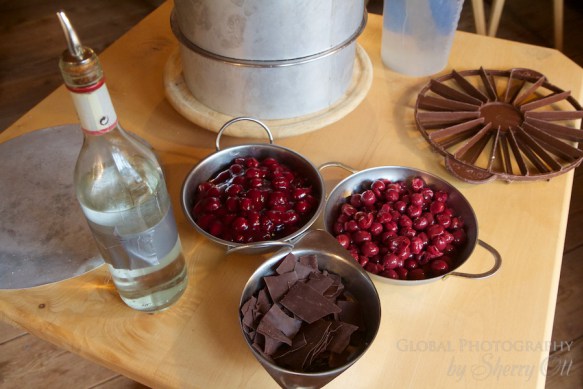

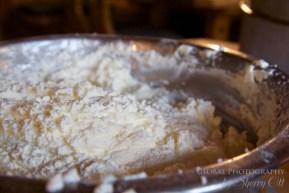
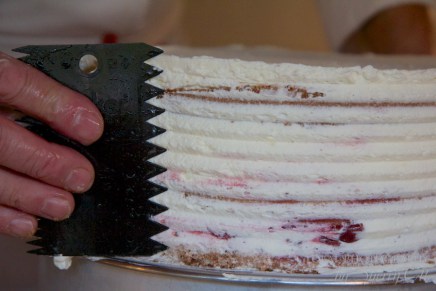
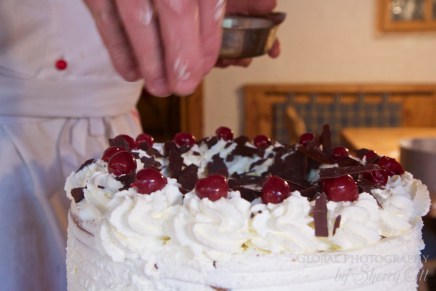
Learn How Cuckoo Clocks are Made By Hand Today
I remember my childhood home’s cuckoo clock that my dad was always tinkering with. It always left me wondering why he didn’t just get a cool digital clock that was all the rage in the 80’s. My grandparent’s farmhouse also had a cuckoo clock, it was always there, in the background keeping us in sync and moving us along through the day. I never really understood what the fascination was with cuckoo clocks until I walked into the Hubert Herr cuckoo clock factory in the Black Forest town of Triberg Germany.
The Herr family knows a lot about time, as the Herr’s have been making cuckoo clocks from the Black Forest in Germany for 5 generations. There’s something magical about cuckoo clocks, they have survived the test of time for hundreds of years and are still in demand.
Bollenhut and the Lutheran Way
Where do I start with this one? I was raised Lutheran…and Germany is the epicenter for the Lutheran religion; it was ‘made there’. I was able to visit the Open Air Museum in the Black Forest to learn a bit more about how the Lutheran families got by farming and living off the land. Their big, traditional homes were part house, and part barn. The Lutherans worked the land and made many products as well as upheld many traditions – including the Bollenhut.
The Black Forest Bollenhut (hat) was a German Lutheran tradition. Young Lutheran girls wore these hats with dense, red, wool balls (weighing 4 lbs) after they were confirmed in the church (around 13 yrs old) to signify their availability to be married. Married women wore black versions of these hats. So you can consider the Bollenhut sort of like an online dating profile.
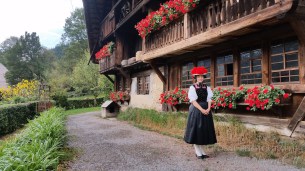
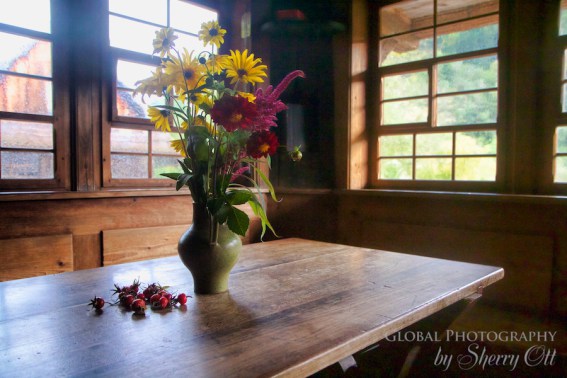

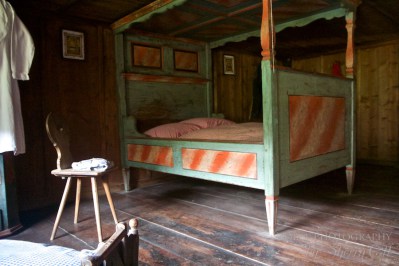
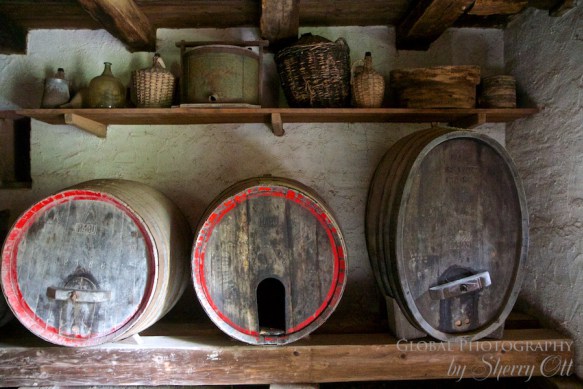
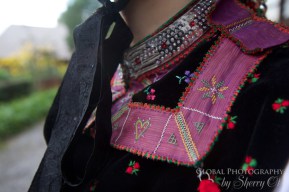

Glass Christmas Ornaments Began in Germany

Made in Germany …my mom kept the original box.
As I put ornaments on the tree this year at my parent’s home, my mom got out an old box that said Shiny Brite. I picked up the ancient box and on the side it read, “Made in Western Germany”. Christmas ornament’s origin are Thuringia Germany in the mid 1800’s. During Christmas people in Thuringia hung fruit and nuts on their trees for decoration as a ‘celebration of nature’. However, in the 1800’s money was tight and it was considered pretty wasteful to hang food that you could/should be eating on your tree. They needed a substitute. Since the village of Lauscha was the epicenter of glass making, thanks to it’s natural environment with an abundance of wood and sand (the two main ingredients for glass blowing), Hans Greiner decided to make glass versions of the fruit and nuts and hang that on the tree instead, leaving all the real food available to eat.
Lauscha is still the center for glass blowing in Germany and you can stop there to see glass in progress, and even blow your own!
More Information: How German Christmas Ornaments Went Viral
Gnomes Were Invented in Germany
My grandma used to have little plaster garden animals in her lawn, which I never understood. I thought they were tacky – apparently they were just German. Thuringia used to be a clay mining area and most people worked in the mines. The first gnomes were created in 1880 as figurines of people working in mines (the hat is actually a traditional miner hat). People bought the gnomes locally for indoor decoration. Then after World War II, gardening became more necessary and the Gnomes moved outside for decoration.
The gnomes used to only grace the gardens of the wealthy or royalty, however; a terra-cotta workshop from Grafenroda Thuringia started mass producing the gnomes out of the abundance of clay from the region. Suddenly everyone could afford a garden gnome! For the gnome fanatics out there…you gotta visit this little quirky museum and learn about the four generations of gnome making. Meet the owners, walk through the museum and see the factory!
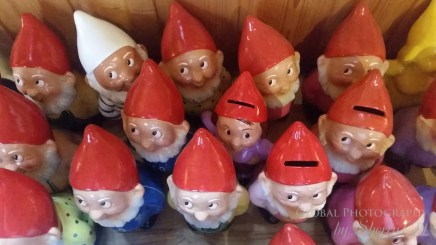

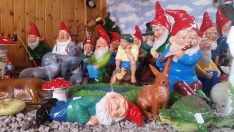
Learn About the First German Bratwurst
Who hasn’t had a tailgate with bratwursts at some point in their life – that’s an American tradition! However the bratwurst is a true ‘made in Germany’ product, dating back to 1404. And if you want the best bratwurst in Germany, then you have to go to Thuringia to have their special version, which has different dimensions and flavors than it’s American counterparts. Experience the best of the wurst and stop at the Bratwurst museum in Holzhausen and meet Thomas. There you can make you own bratwurst from scratch, learn about it’s history, attend a musical about bratwurst and pet live pigs. It will change your view on bratwursts.
More Info: Germany Bratwurst Museum
Experience the Worldwide Design Movement in Bauhaus
We’ve all been exposed to Bauhaus design at some point in our lives. This modern, simple, sleek design still dominates our world today even though the school was founded back in 1906. Bauhaus is known as a design style and it’s also the name of the university in Weimar Germany where it all started with Walter Gropius. The Bauhaus style later became one of the most influential currents in modern design, Modernist architecture and art, design and architectural education. You can do a walking tour at the university and see some of the original work rooms at the university. In addition you can see other work spaces and a Bauhaus museum in Weimar.
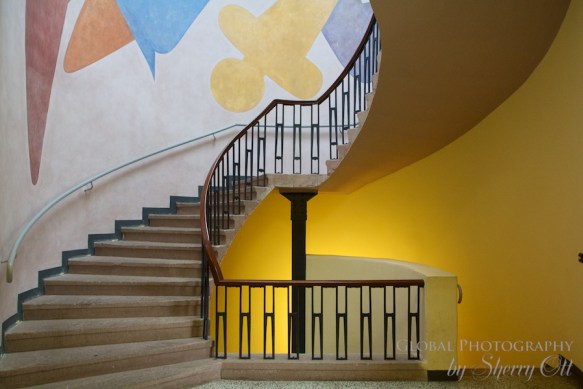
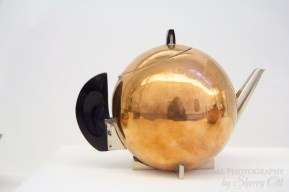
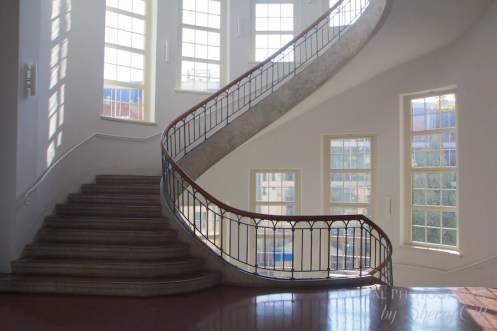

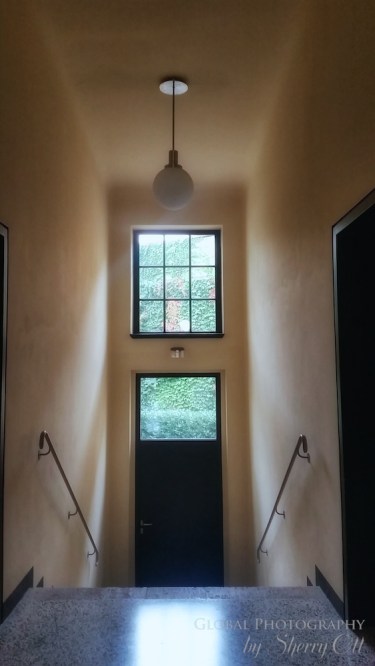

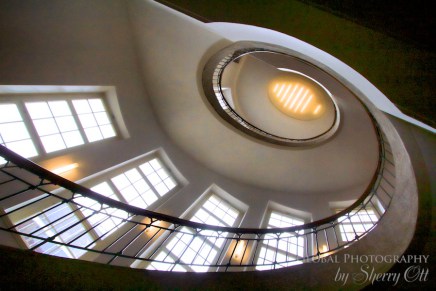
Learn How the Germans Invented the Skat Card Game
This is probably one of my strongest German memories growing up. My father taught us all how to play Sheepshead (Schafkopf), we had friends from Germany over every New Year’s Eve and played. Skat – is just a more complicated version of Sheepshead, and it is Germany’s most beloved card game. It was created in the town of Altenburg in Thuringia, and now Altenburg is the card capital of Germany! From museums to card walking trails, to card shops, and lucky card fountains – you’ll get your card fix there. And if you stop in at Hotel am Roßplan, you may even get to join in on a hand of Skat!
Lace Making Artistry
Lace making came to Saxony Germany through trade people who traveled to the area. Annaberg was a town that was also dominated by mining. The wife of a mine owner, Barbara Uttmann started the lace making industry and school there. When mining started to decline the lace makers supplemented their dwindling mining income by providing lace for the fashion industry. I met experienced lace makers who showed me how they follow patterns with wooden bobbins and lightening quick hand movements. For the basic stitch I was taught, you only need 4 bobbins. However the pattern my instructor was working on had 68 bobbins to maneuver! Lace making classes still happen today in Annaberg, and you can see it and even get hands on at the Erzgebirgsmuseum.
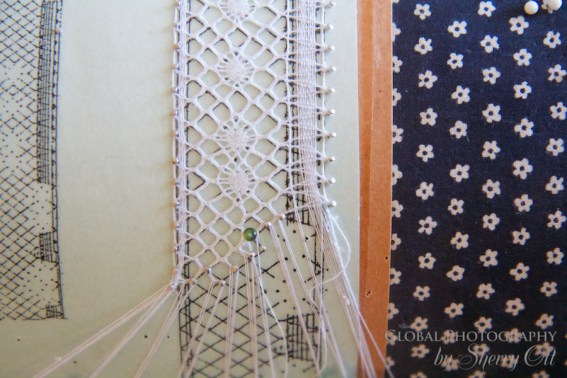
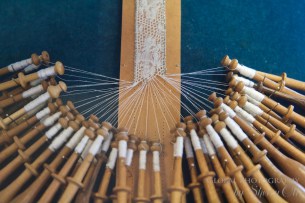
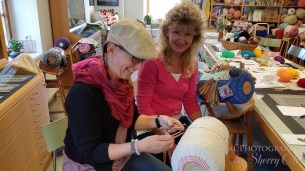
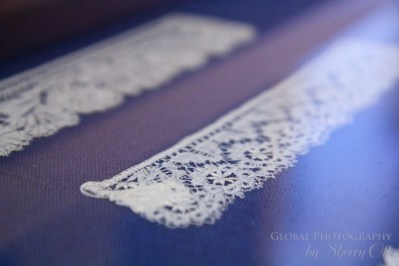
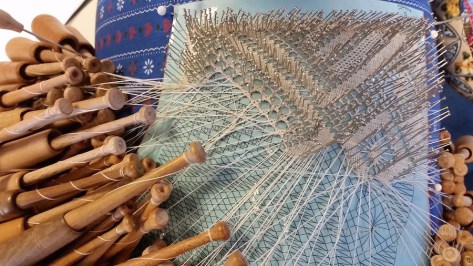

Sherry Ott is a refugee from corporate IT who is now a long term traveler, blogger, and photographer. She’s a co-founder of Briefcasetobackpack.com, a website offering career break travel inspiration and advice.
Additionally, she runs an around the world travel blog writing about her travel and expat adventures at Ottsworld.com.com.








